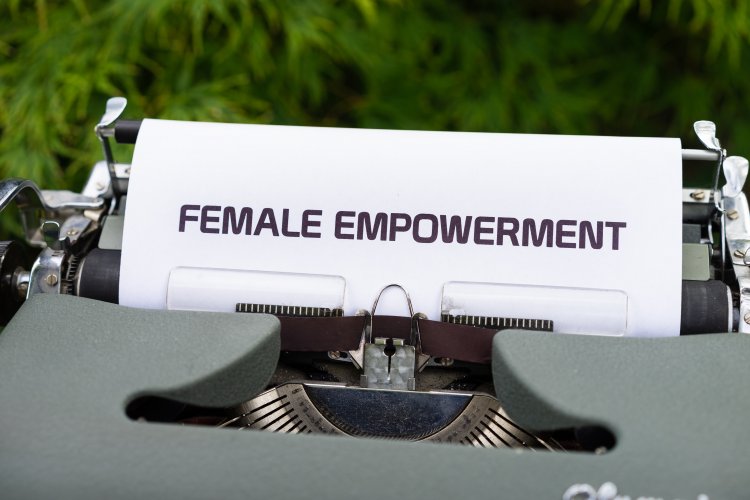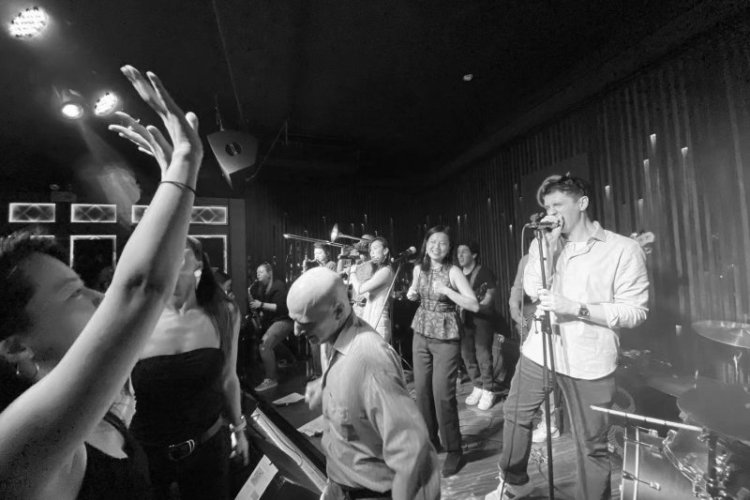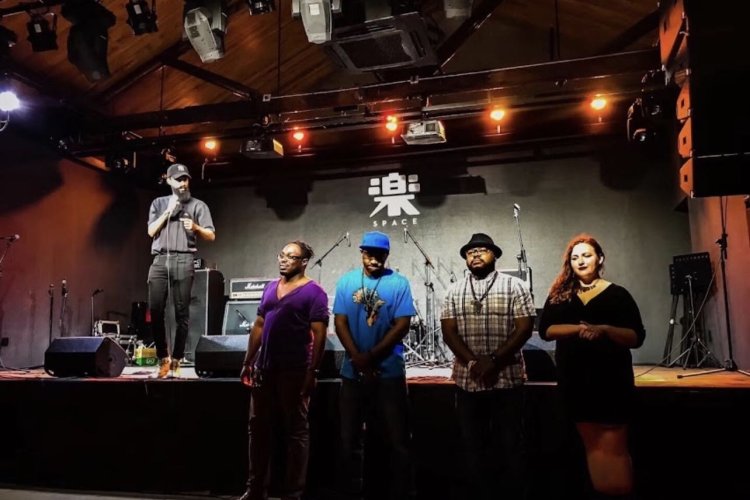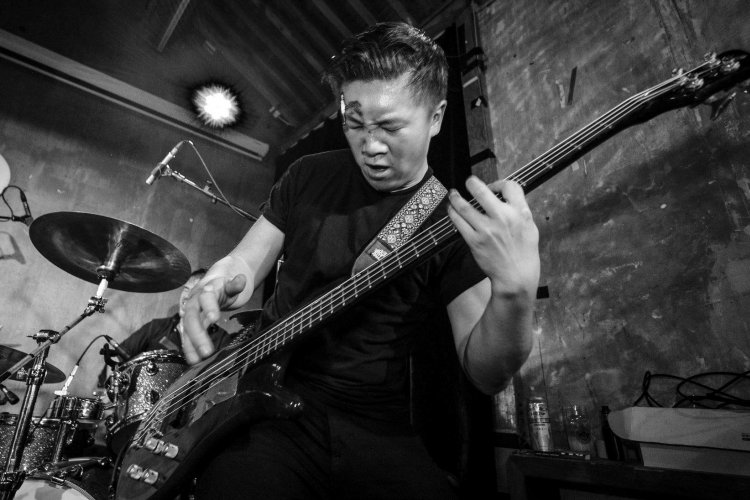Character Building with Calligraphy Teacher Paul Wang
You don’t have to be in China for long to notice that you’re surrounded by a mass of seemingly indecipherable pictographic symbols. “What a crazy, irrational linguistic system!” you may think. You’re free to think that, but remember that each of these characters is a piece of art in itself, and representative of thousands of years of Chinese history and culture.
Paul Wang, a calligraphy teacher at the China Culture Center, teaches students not only the correct way to write characters, but also the significance and history behind them. Stone Yu spoke to Wang Laoshi about hanzi and the stories behind a few of Wang’s favorite characters.
What were the origins of Chinese characters? Do Chinese characters have any similarities with ancient Egyptian hieroglyphics?
From my understanding, Chinese characters originated from pictograms, but gradually developed into a more abstract, symbolic script. The first (fully formed) characters were found on oracle bones. If we compare those oracle bone characters with hieroglyphics, we find more abstract symbolic elements in the former.
How many characters do you know?
I’m not sure.
How many are there in total?
By now, it is around 50,000 to 80,000, but only around 6,000 are used regularly in day-to-day life.
What are your feelings on simplified characters vs. traditional characters?
I like traditional characters. The traditional form represents a character’s original and deeper meaning more fully and reflects traditional Chinese thinking.
Has the simplification of characters been valuable for China?
It has its value, and the simplified forms are also derived from traditional characters. Simplification is part of the evolution of Chinese characters.
Can left-handed people learn to write Chinese characters well?
Of course, the only difference is in the different muscles that are used and the coordination of the hand. There are many left-handed and ambidextrous calligraphers out there.
What are your favorite characters?
仁 (ren; humanity/benevolence), 道 (dao; the way) and 禅 (chan/Zen; meditation). These are my favorites because they represent the ideology of three Chinese masters and the core values of traditional Chinese culture.
What are some of the most symbolically interesting Chinese characters, and can you tell us the stories behind them?
礼 (li; courtesy/order) This character originally represented the offering of sacrifice or gifts to the gods with respect and sincerity. Later, the character developed the meaning of “treating each other with respect and sincerity as the key to maintaining social order.”
和 (he; harmony) Originally represented someone celebrating by blowing a flute with the mouth (口, kou) when the harvest (禾, he) came. Put together, these elements represent the balance and peace between humanity and nature.
忠 (zhong; loyalty) The heart (心, xin) does not lean towards either side, but stays upright in the middle (中, zhong).
孝 (xiào; filial piety) A child (子, zi) is supporting an old man (老, lao) with his hand. This means one should show respect towards all old people and treat them the same as one’s parents.
悌 (ti; brotherhood) This character represents the brother’s heart with a combination of the characters 心 (xin)and 弟 (di), indicating brotherhood.
易 (yi; change) This character’s original form represents liquid being poured from one container to another, indicating transformation and change.
我 (wo; I ) The traditional form depicts two weapons clashing, indicating the contradictions implicit within any individual.
觉 (jue; aware/enlighten). The original form represents the eyes being uncovered (the upper element) in order to see (见, jian). The symbolism doesn’t refer to our physical eyes so much as the “mind’s eye.”
China Culture Center (CCC) Kent Center, 29 Anjialou, Liangmaqiao Lu, Chaoyang District. (6432 9341) www.chinaculturecenter.org 朝阳区亮马桥路29号安家楼肯特中心院内
Interview by Stone Yu






